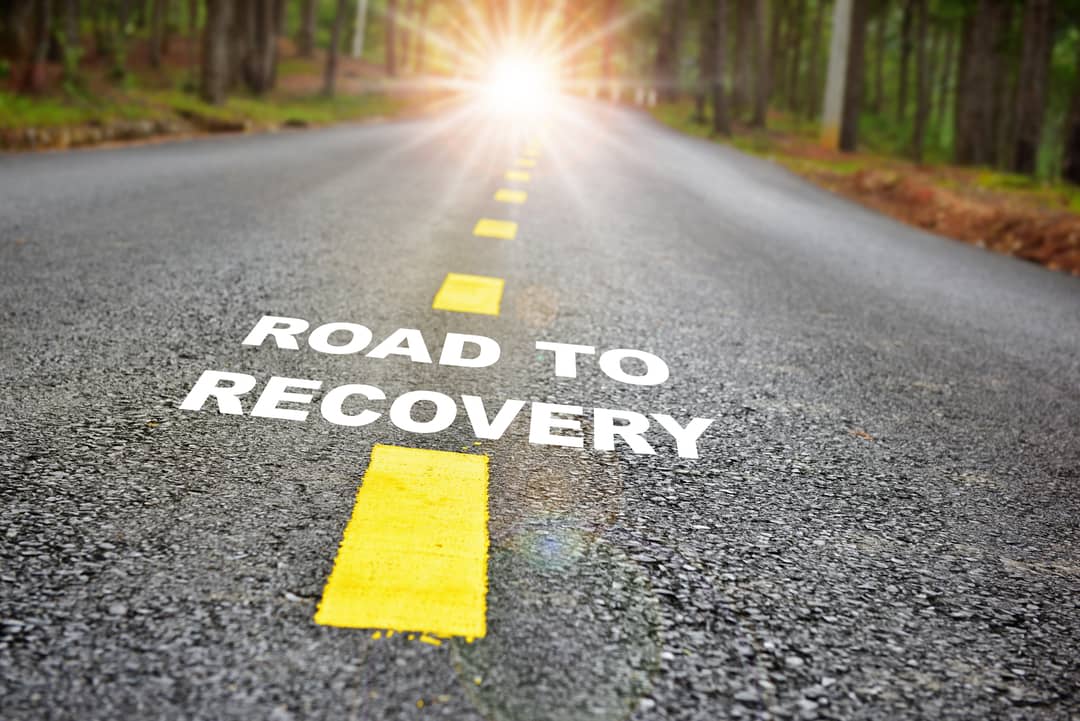
For the first time since COVID arrived at Victoria’s airports, its elimination is no longer the goal. The strict population health and social measures that we’ve become accustomed to are being eased, with transmission established in the community.
With the transition from COVID-zero to “living with the virus”, we’ll change how we interpret case numbers, moving from the fine details of every case, and instead focus on how case numbers translate to burden on our healthcare system.
This new phase of the pandemic will come with a period of uncertainty. Exactly how far our health system can stretch, and what level of broad-scale restrictions will be required, are yet to be fully understood.
Vaccines have enabled this reopening
Before vaccination, the chances of hospitals becoming overloaded with a widespread COVID outbreak was very high, with early government modelling suggesting thousands of intensive care beds would be required in Victoria.

Before the wide availability of vaccines, elimination as a target was seen as an effective means to minimise the impact of COVID-19 on livelihoods, and ensure hospitals weren’t overrun. Now, with vaccination reducing the rate of transmission and the fraction of infections requiring hospitalisation, the burden on healthcare systems will be much less.
For the three vaccines available in Australia, real-world data tells us that the chance of hospitalisation is reduced by just over 90%, given infection with the Delta strain. With the protection afforded by the vaccine in terms of infection and onward transmission also reducing the relative size of outbreaks, what used to be an impossible situation becomes one that could be managed.
An imperfect vaccine gives imperfect results
Because the vaccines available to us are imperfect, we expect continued transmission of COVID, even in a highly immunised population. In fact, in such a population, we expect a higher fraction of infections and severe disease in those who are vaccinated than in a population with low levels of vaccine coverage.
Read more: Not getting over it: The long, rocky road to recovery from COVID-19
There’ll likely also be an increase in the fraction of immunised individuals who are in hospital and intensive care, although as an overall proportion of cases, the fraction will be much less than what we saw in the second wave in Victoria back in 2020.
Some eligible individuals will remain unvaccinated for myriad reasons. In Victoria, even at 90% eligible population coverage, this equates to more than 600,000 unvaccinated people.
For these people, their risk of contracting COVID will be reduced by the population-level coverage (on average), but should they be unlucky enough to catch the disease, their risk of severe outcomes remains high.
The risk of developing severe disease increases rapidly with age, with an unvaccinated individual older than 85 years some 40 times more likely to require hospitalisation than an unvaccinated individual younger than 12.
The impact of individual restrictions remains unknown
Latest modelling suggests we can’t just let COVID spread freely through our population – our health system won’t cope.
Because sets of restrictions are imposed in concert or rapid succession, we’re unable to quantify the impact of any individual measure. For example, how much do home visits drive transmission compared to indoor restaurant dining?
Read more: COVID-19: Is getting vaccinated really part of the social contract?
We’ve never had just one of these restrictions in place for long enough to be able to say with any certainty. In addition, the impact of any given set of restrictions strongly depends on population behaviour, including people’s perception of risk, which may change in ways that we can’t anticipate with increasing vaccination and caseloads.
Under current caseloads, there’s a good chance our health system will manage. As the hospitalisation rate of infections drops thanks to vaccination, it’s OK for the case numbers to increase slowly. Continued monitoring and situational assessment is crucial to determine if we’re heading towards unmanageable levels of disease, and react before we reach that point.
It could be a bumpy road to ‘COVID-normal’
There’s a lot of uncertainty ahead of us. From the impact of population-level measures, the waning of vaccine-related immunity, to the ability and sustainability of our healthcare system to surge, there’s a lot of change on the horizon.

Victorians at least can look to NSW for some idea of what may be ahead, but restrictions are easing here with far more daily cases.
We’ll move past our focus on daily cases, with a greater emphasis instead on hospital numbers, but don’t be surprised to see a bit of see-sawing of some restrictions as we learn how best to live with COVID.
As we enter the 20th month of the pandemic in Australia, Victoria enters a new phase. We’ll enjoy the freedoms we perhaps once took for granted, but moving with caution will be required. If there’s one thing we know for sure, it’s that we’re not sure what will happen next.
This article was co-authored by Dr David Price (Department of Infectious Diseases at the Doherty Institute, and the Melbourne School of Population and Global Health, The University of Melbourne), Dr Freya Shearer (Melbourne School of Population and Global Health, The University of Melbourne), and Dr James Walker (School of Mathematics and Statistics, The University of Melbourne).





